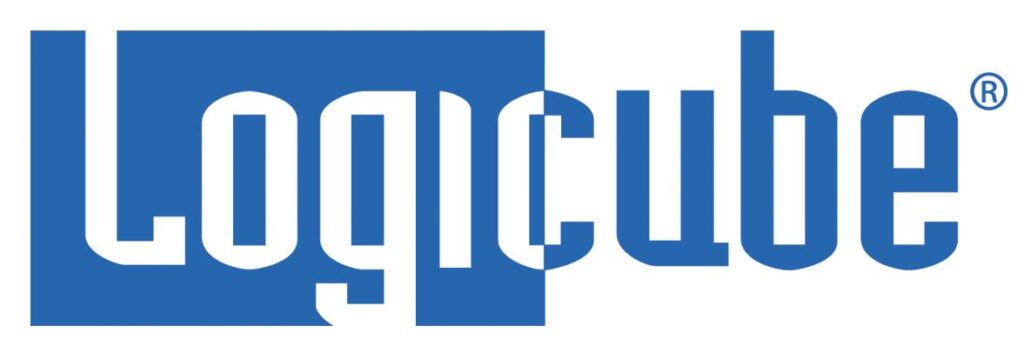[This story was updated to include response from Belkin describing its response to the vulnerabilities identified by IOActive, including firmware updates. – PFR Feb 19, 2014] A researcher with the respected security firm IOActive says that he has found a number of serious security holes in home automation products from the firm Belkin that could allow remote attackers to use Belkin’s WeMo devices to virtually vandalize connected homes or as a stepping stone to other computers connected on a home network. In a statement released on Tuesday, IOActive researcher Mike Davis said that his research into Belkin’s WeMo technology found the “devices expose users to several potentially costly threats, from home fires with possible tragic consequences down to the simple waste of electricity.” IOActive provided information on Davis’s research to the US Computer Emergency Readiness Team (CERT), which issued an advisory on the WeMo issues on Tuesday. Belkin did not […]
Tag: Mobile Threats
Target Breach Spells End for Magnetic Stripe Cards in 2015
After years spent fighting pushes for more secure standards, the payment card industry and retailers are moving quickly to abandon magnetic stripe cards and embrace so-called ‘chip and pin’ technology. Credit card firms MasterCard and Visa plan to have most customers on the more secure chip and pin cards by October, 2015, according to a report in the Wall Street Journal. The move comes in the wake of a massive heist of account information for tens of millions of credit card holders from the systems of U.S. retailers including Target, Neiman Marcus and Michaels Stores. In an interview with MasterCard’s Carolyn Balfany, the Journal notes that company has set October, 2015 as the date for a “liability shift” – a change in policy that will hold the party in a fraudulent transaction liable for losses due to that transaction. The goal, said Balfany, is to try to encourage merchants and […]
Can Google Hold Back Facial Recognition For Glass?
The New Yorker blog has an interesting, short piece by Betsy Morais on the challenges posed by facial recognition and wearable technology that’s worth reading. The post, “Through a Face Scanner, Darkly” picks up on recent reports about a proliferation of facial recognition applications for the Google Glass platform, addressing the ethical implications of the intersection of wearable technology with powerful sensors and analytics capabilities, including facial recognition. Specifically, Morais zeros in on an app called NameTag that adds a face scanner to the Glass. “Snap a photo of a passerby, then wait a minute as the image is sent up to the company’s database and a match is hunted down. The results load in front of your left eye, a selection of personal details that might include someone’s name, occupation, Facebook and/or Twitter profile, and, conveniently, whether there’s a corresponding entry in the national sex-offender registry,” Morais writes. NameTag’s focus […]
Are Wearables The Future Of Authentication?
CIO Magazine has an interesting round-up piece that looks at the enterprise impact of wearable technology, which you can read here. Much of this is what you’d expect: FitBit, Google Glass and the (coming) tsunami of smart watches that will soon wash over us. The Cliff’s Notes version is that adoption of wearables will be rapid in verticals that are positioned to leverage the technology early on – such as healthcare and retail. But the piece argues that enterprises risk ‘missing’ the wearable wave in the same way that they ‘missed’ (or at least didn’t plan for) the mobile computing revolution. What might planning entail? Pilots, apparently – maybe of Google Glass or a competing technology. [Read more Security Ledger coverage of wearable technology. ] An interesting side note concerns a possible enterprise ‘killer app’ for wearables; authentication. The article quotes Forrester Analyst J.P. Gownders saying that wearable technology, with integrated biometric […]
Cisco Survey: 100% of Fortune 500 Hosting Malware?
If you’re working in IT at a Fortune 500 firm, Cisco Systems has some unwelcome news: you have a malware problem. According to the 2013 Annual Security Report from the networking giant, 100 percent of 30 Fortune 500 firms it surveyed sent traffic to Web sites that host malware. Ninety-six percent of those networks communicated with hijacked servers operated by cyber criminals or other malicious actors and 92 percent transmitted traffic to Web pages without content, which typically host malicious activity. “It was surprising that it was 100 percent, but we know that it’s not if you’re going to be compromised, but when,” said Levi Gundert, a technical lead in Cisco’s Threat Research, Analysis and Communications (TRAC) group in an interview with The Security Ledger. Among the high points (or low points) in Cisco’s Report: Cisco observed the highest number of vulnerabilities and threats on its Intellishield alert service in the 13 years […]






